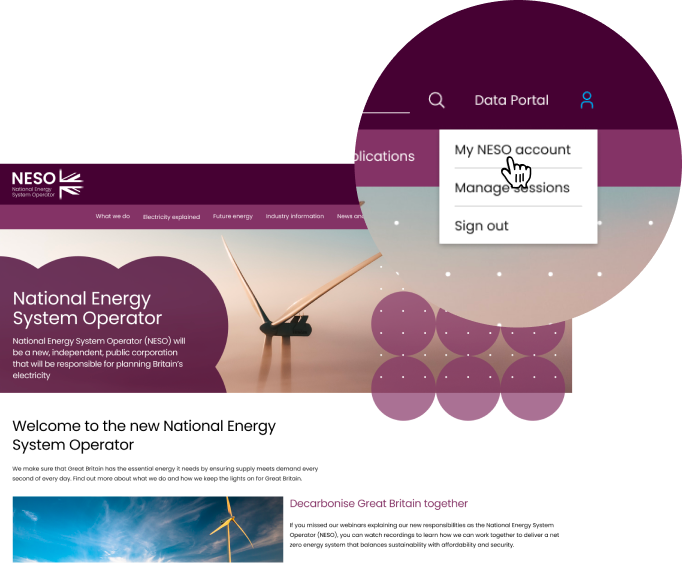How is electricity generated using gas?
Gas is a fossil fuel which can be used to generate electricity. By burning gas, heat is created which powers a turbine. The rotation of this turbine spins a generator, which produces electricity.
How do gas power stations work?
There are three types of gas power stations:
- OCGT - open cycle fast turbines. These are generally smaller. They use gas, which when burned, makes hot air. This air drives the turbine and generates electricity. There are hundreds of these across the country. OCGTs are cheap to build and good for short runs of energy production.
- CCGT - combined cycle gas turbines. These are operationally similar to OCGTs, except for the hot air that exits the engine is used to heat water, making steam. This steam drives another turbine, to make even more energy. This makes them much more efficient, but more costly to build.
- CHP - combined heat and power. These are similar to CCGTs, but the engine's excess heat is instead used for things like local district heating. The steam could also be passed on for larger stations, such as oil refineries, to make use of. CHPs are efficient, but only when the heat can be used effectively.
The future of gas
Gas is a fossil fuel, meaning we find it in pockets under the earth’s surface. It is a finite, non-renewable source of energy. Burning gas creates greenhouse gases, which contribute to global warming. As part of GB’s ambition to reach net zero by 2050, we need to step away from using gas power.
However, gas power is still an important part of today's generation mix to ensure a secure electricity supply across Great Britain. Gas power stations help us manage the unpredictability of renewable energy sources by creating inertia, which is vital as we add more renewables to the system.
Gas power stations in Great Britain
Great Britain currently has over 30 gas power stations. But, as the availability of renewable energy has increased over recent years, our requirement for gas generated power has fallen.
However, with coal power plants in Britain set to close by 2025, we’ll still rely on gas power stations in the short term for the inertia we need on our system.
NESO is currently running network services procurement to find new ways to get inertia without relying on fossil fuels, enabling us to become an even greener system operator.
